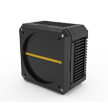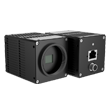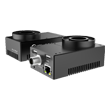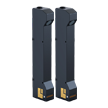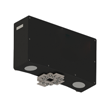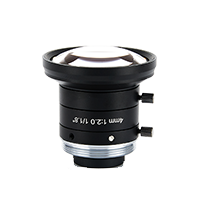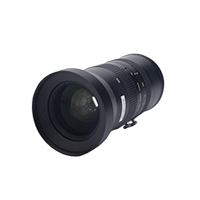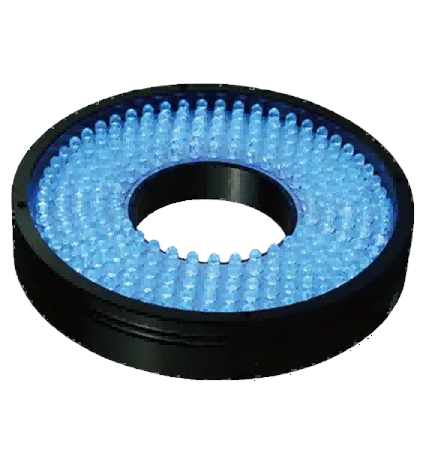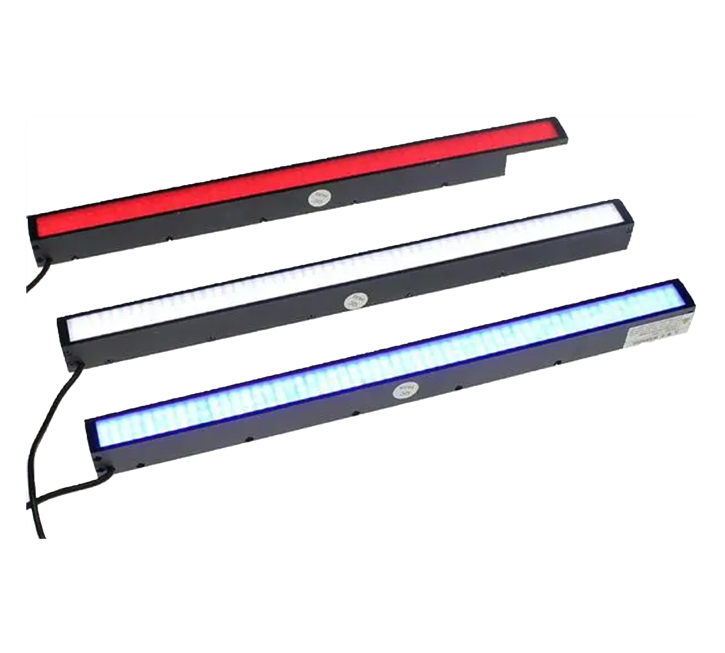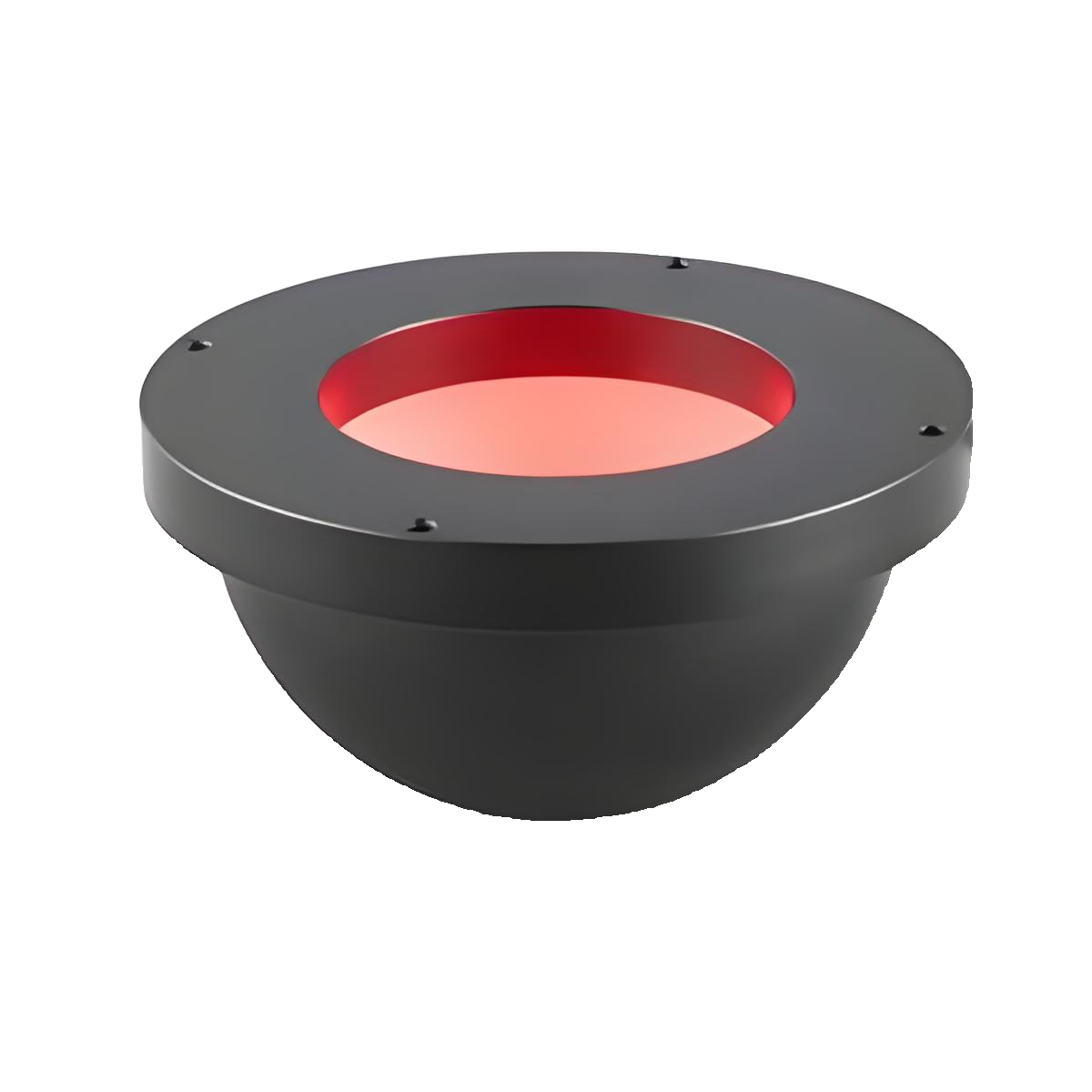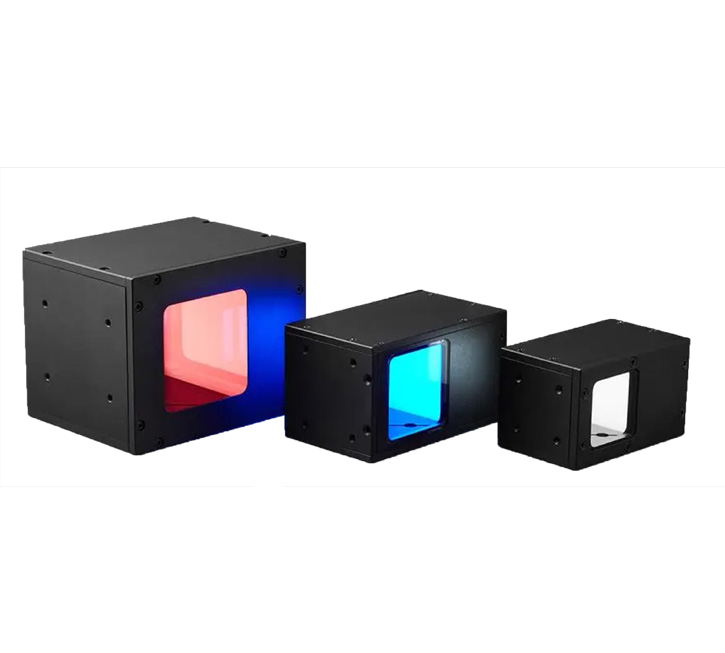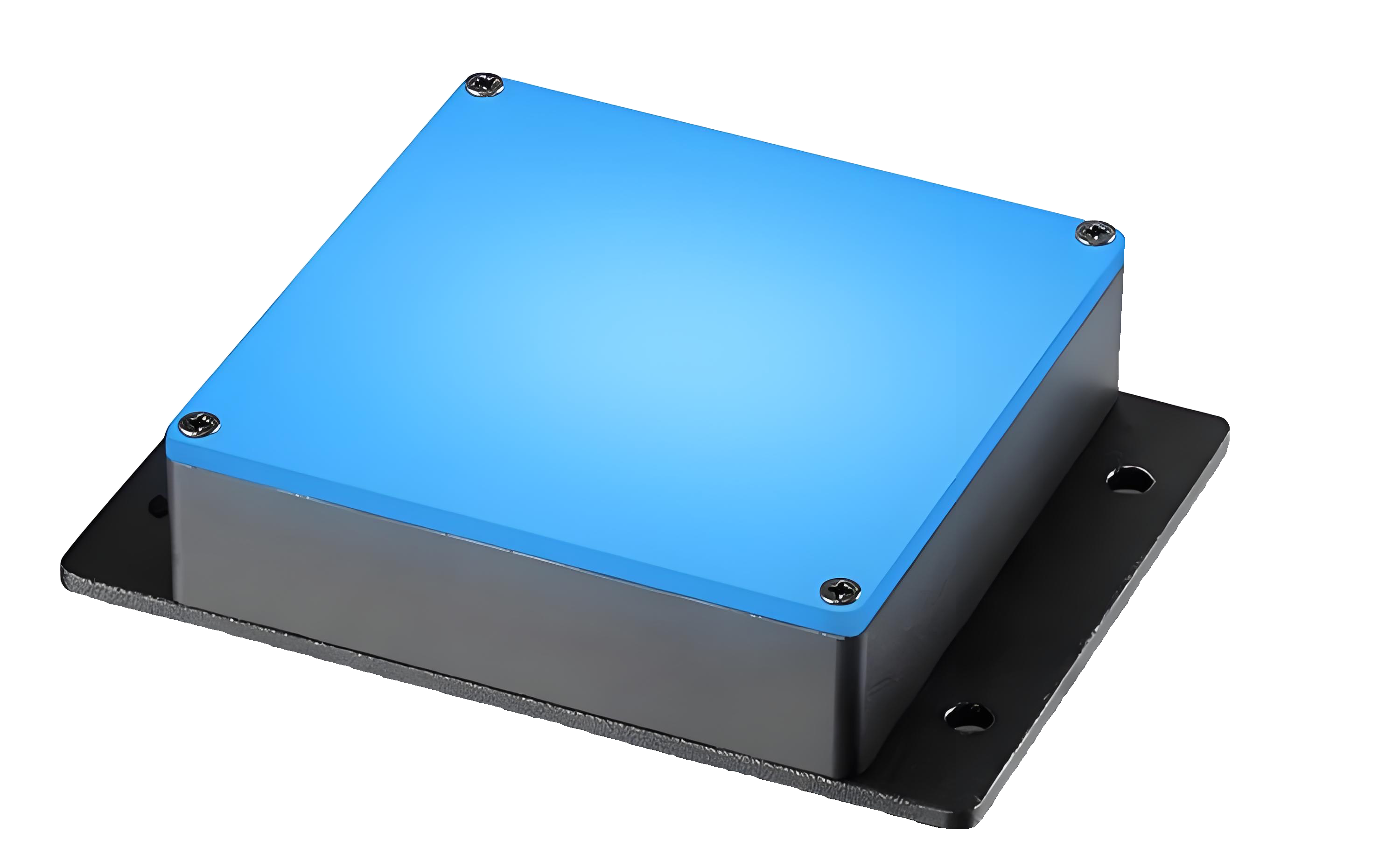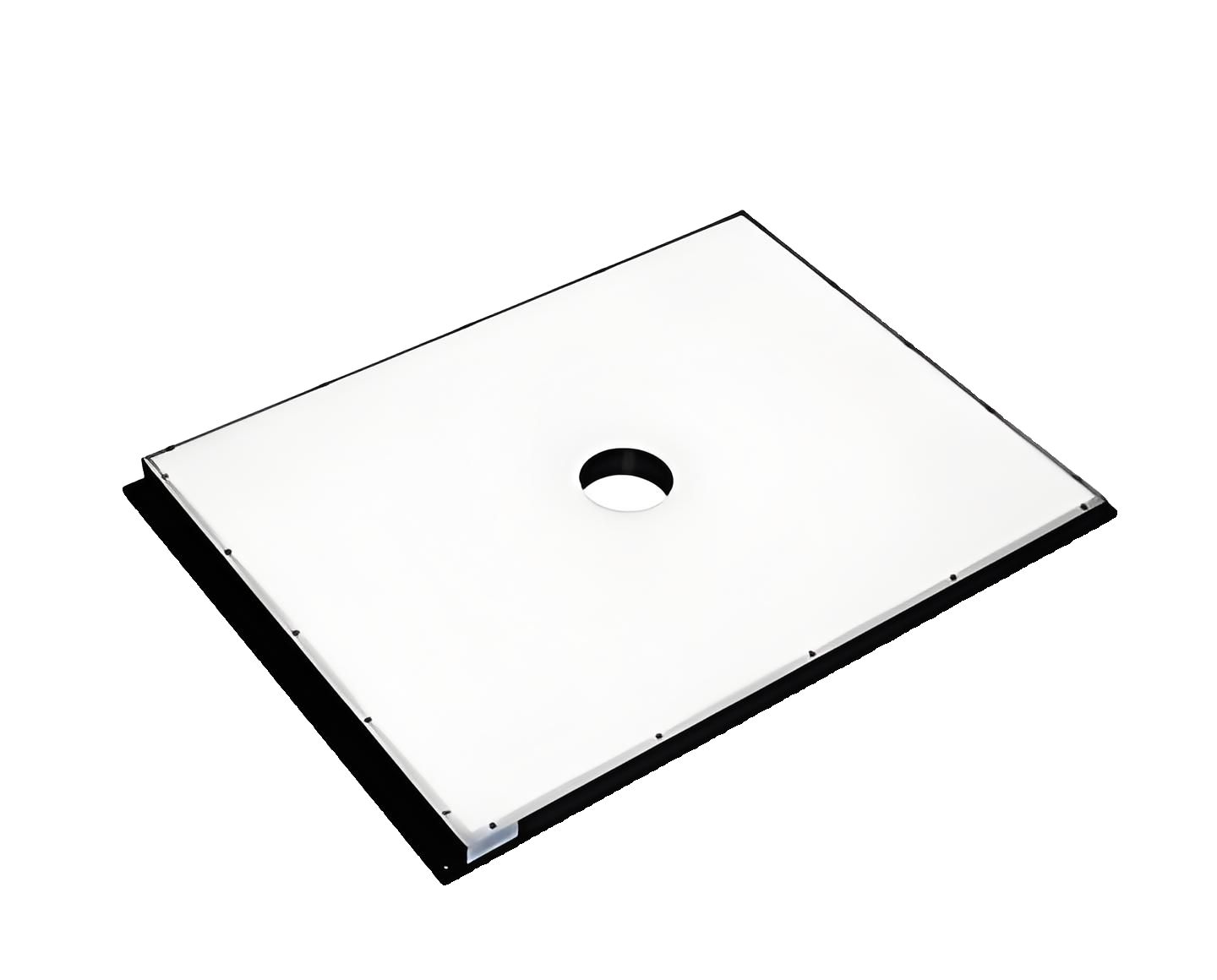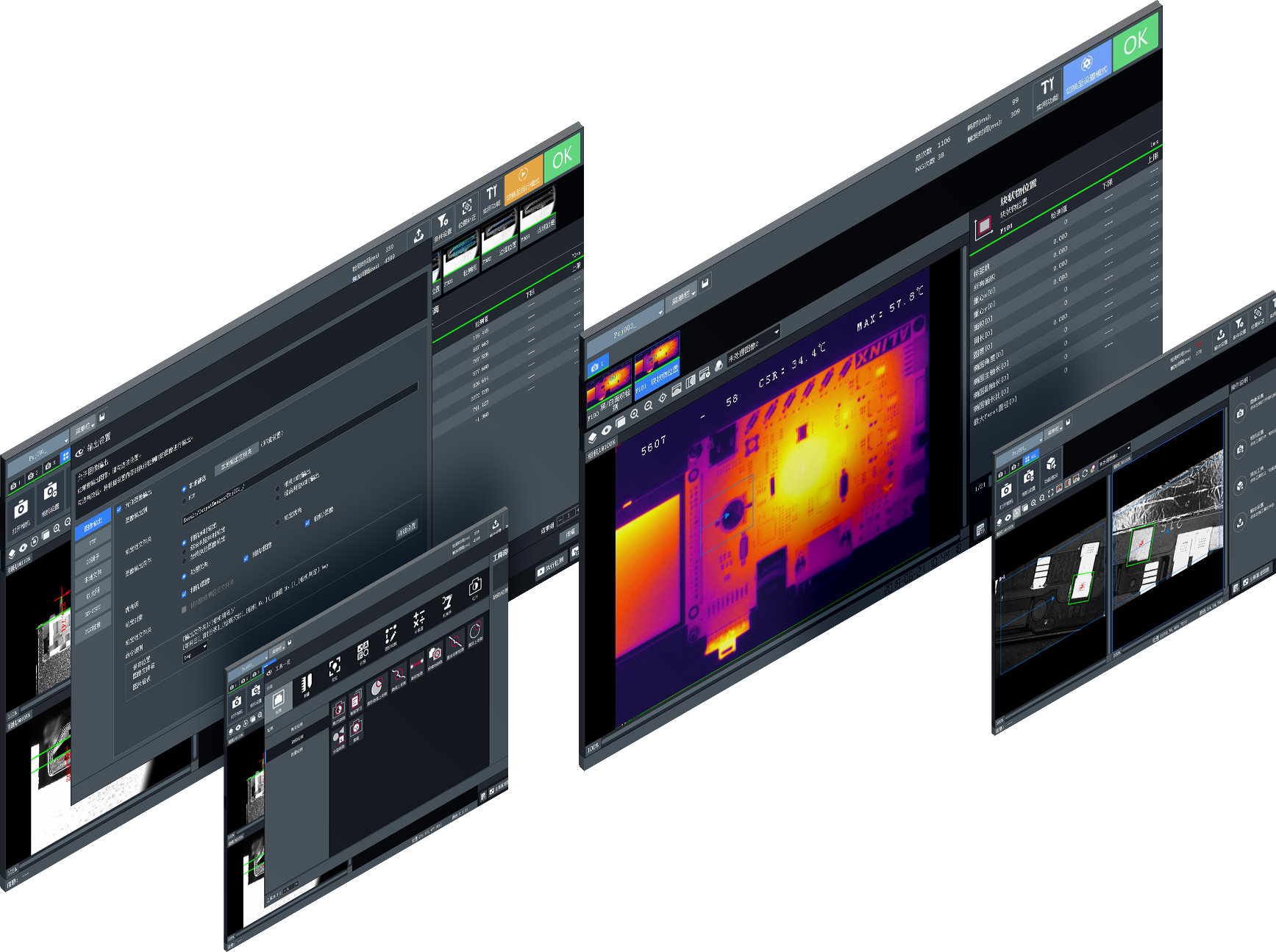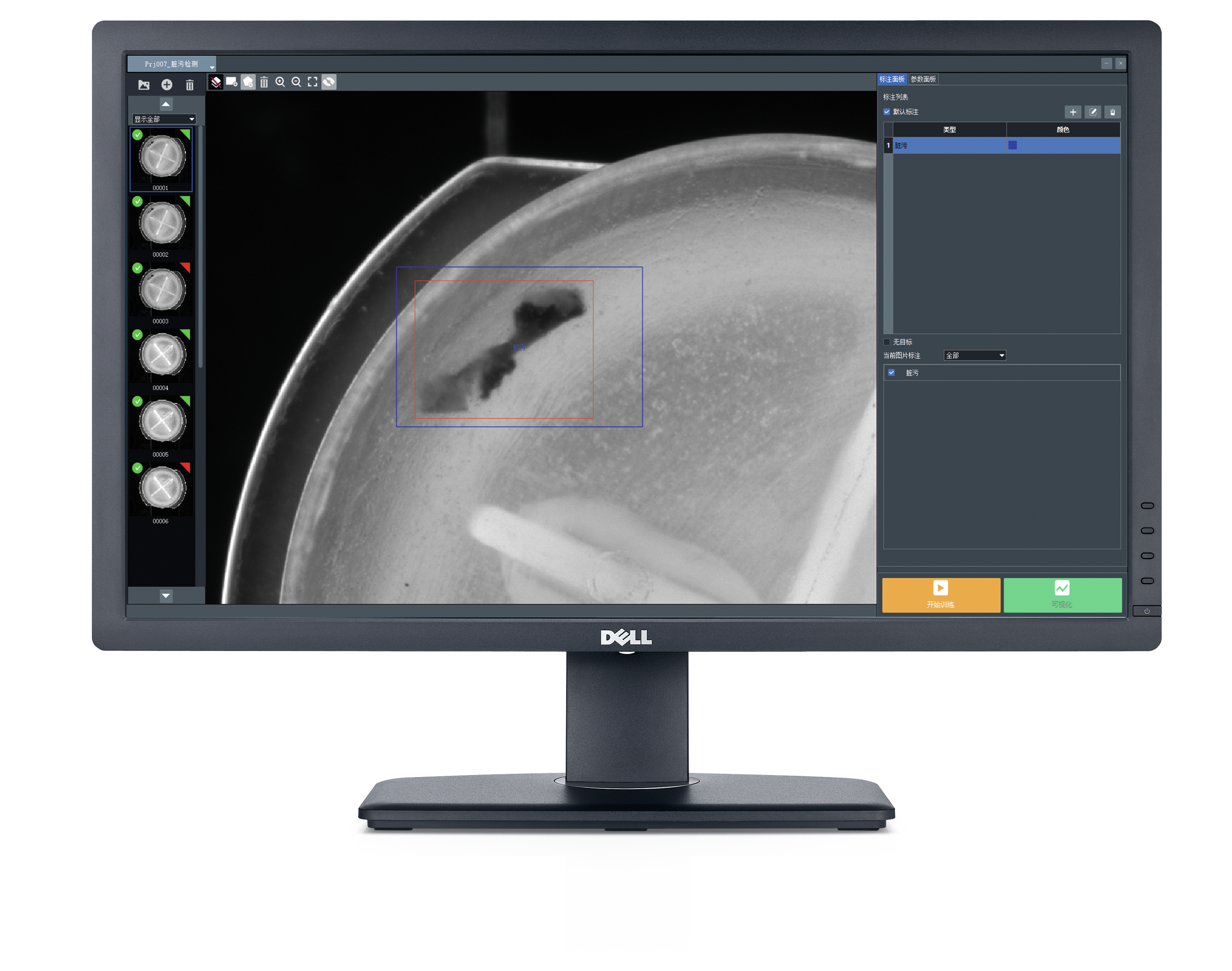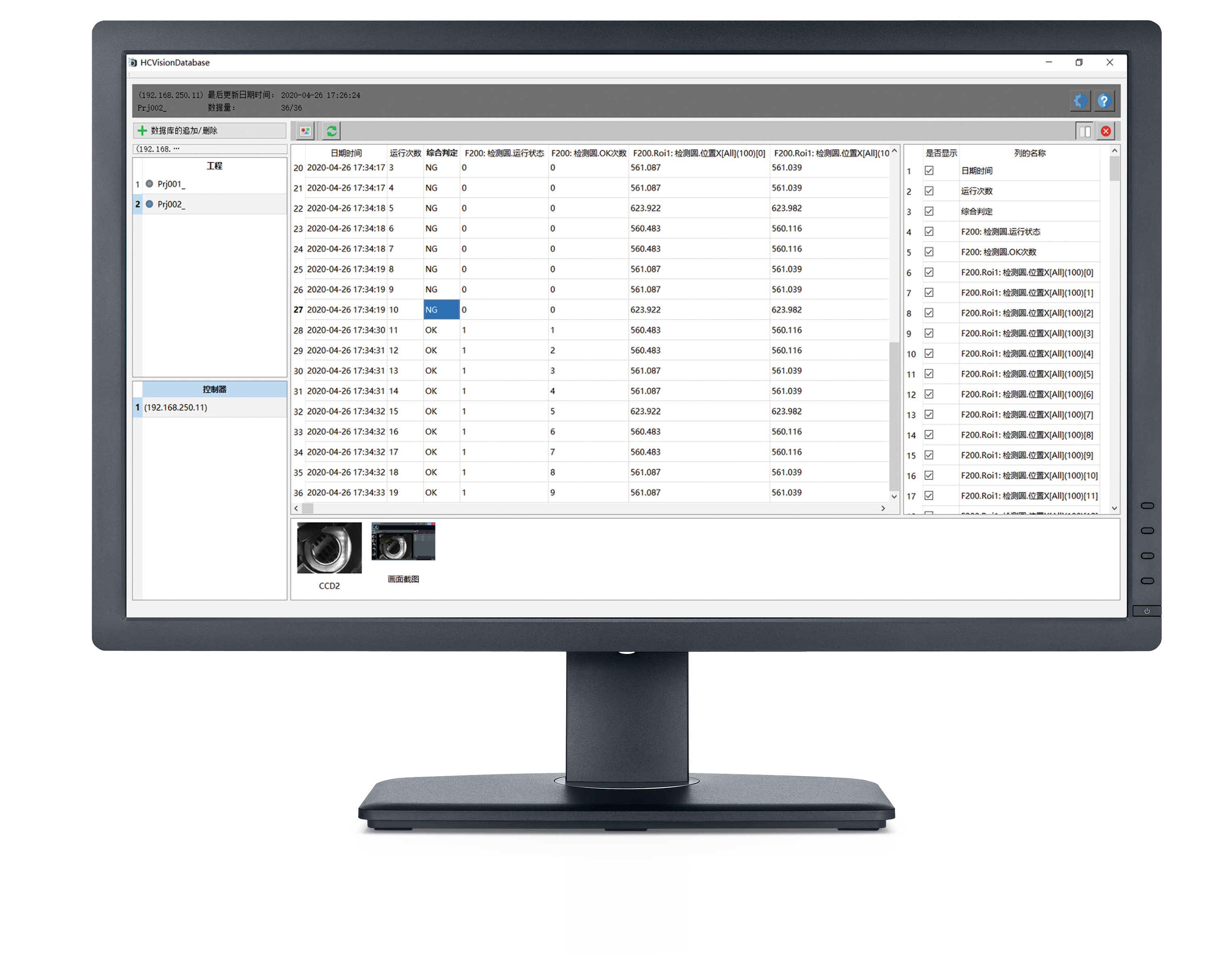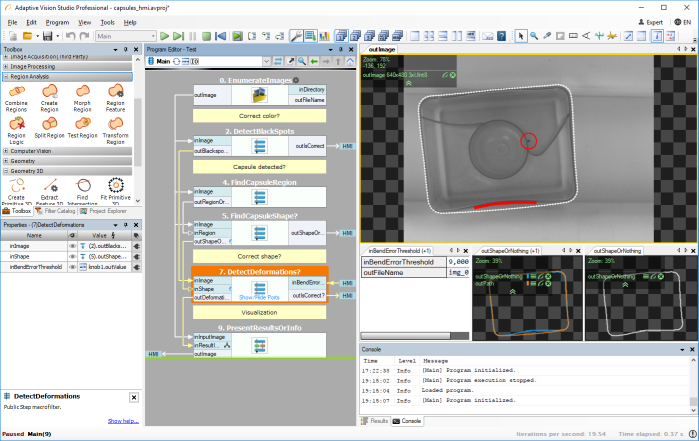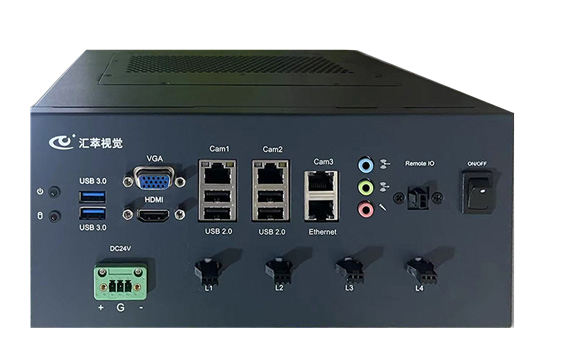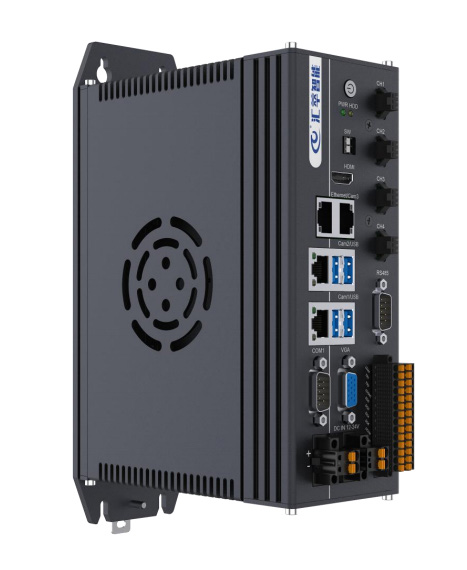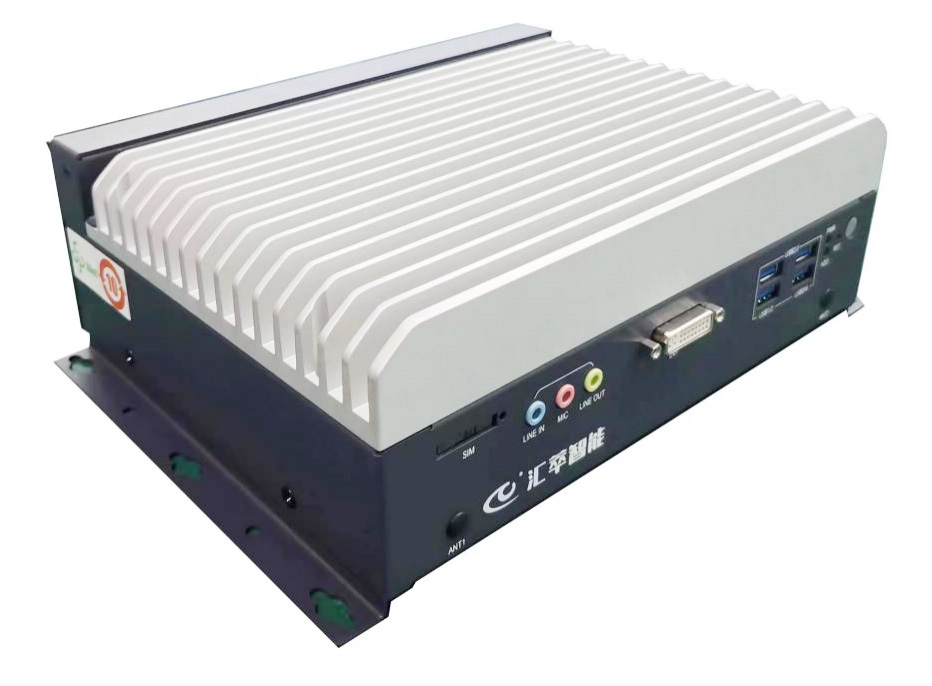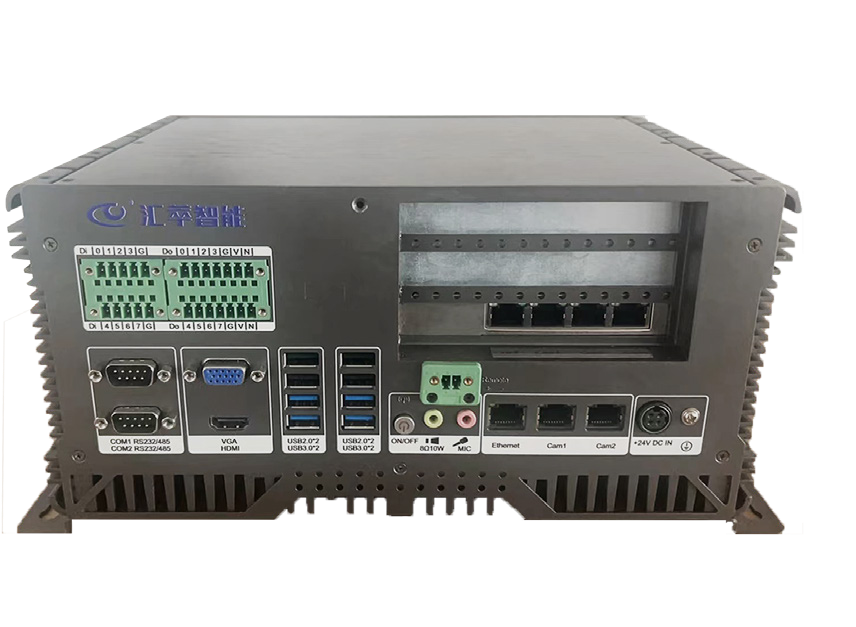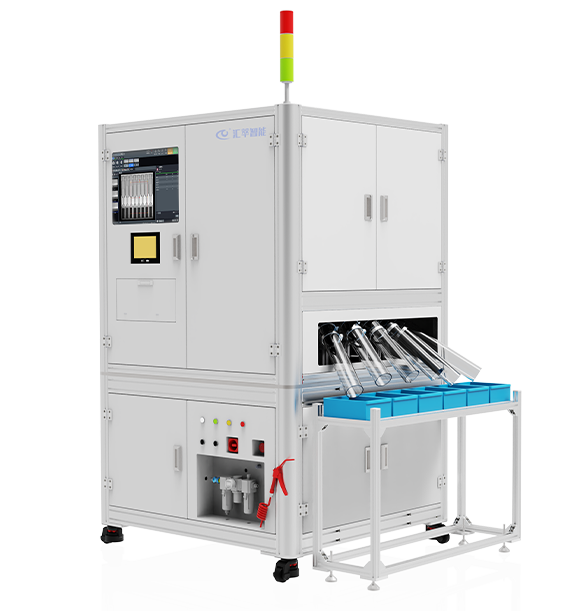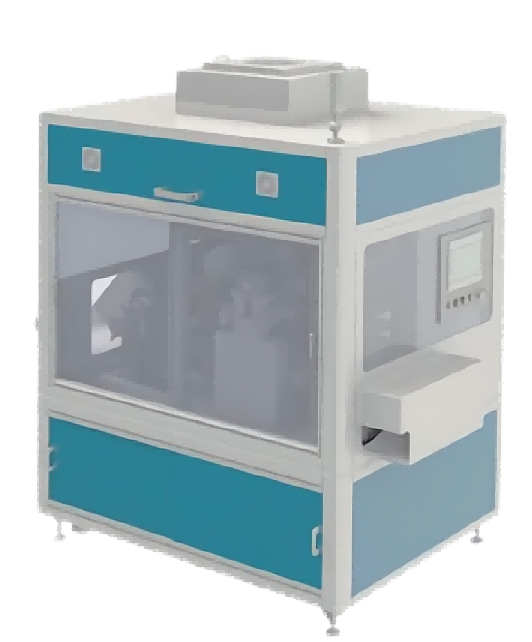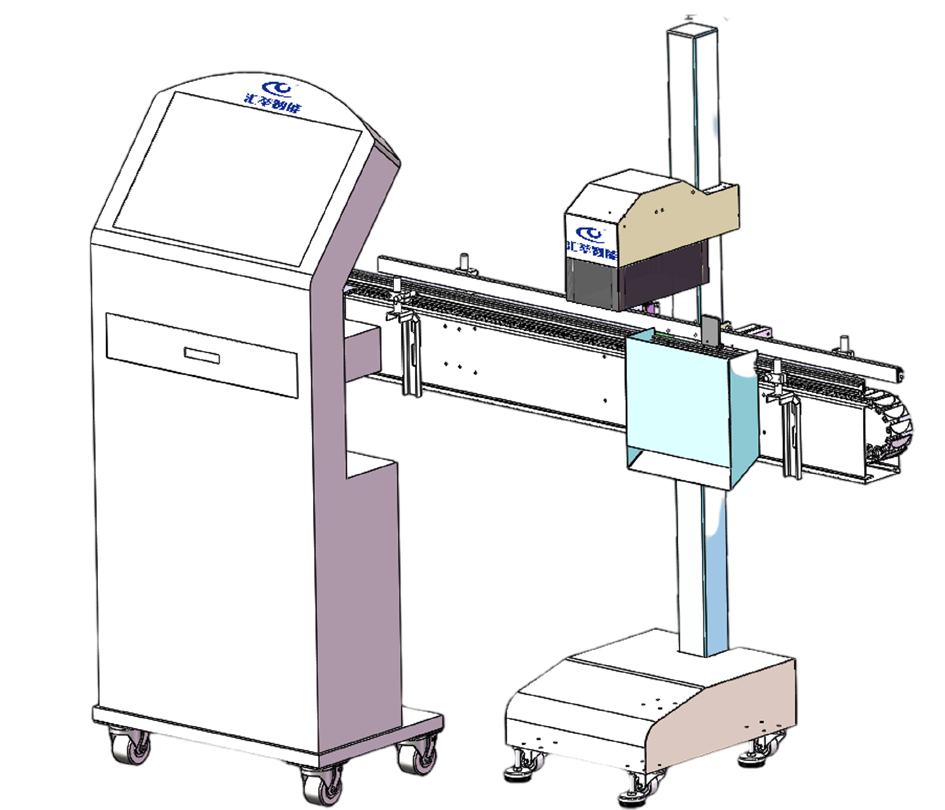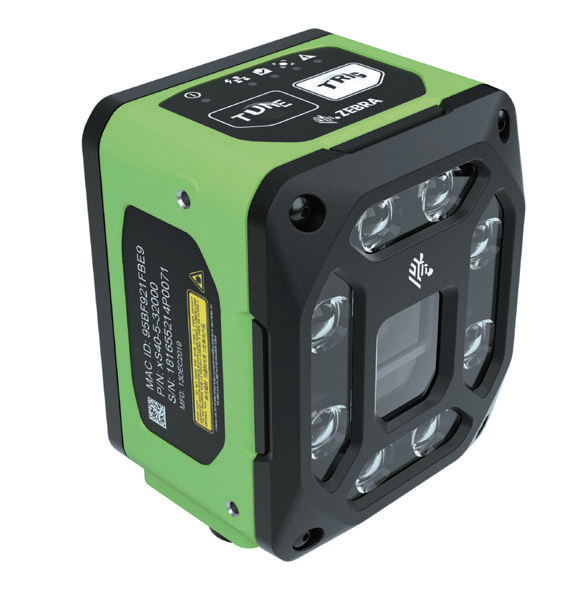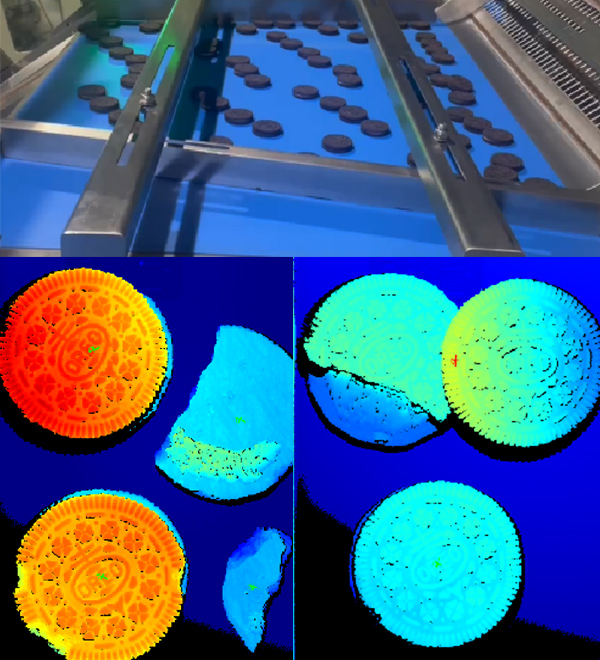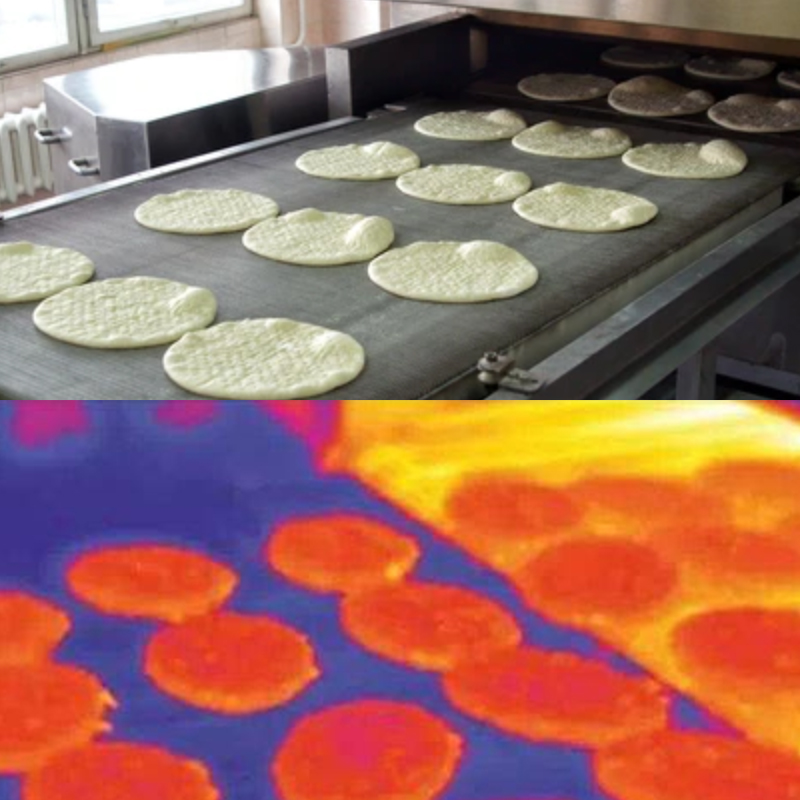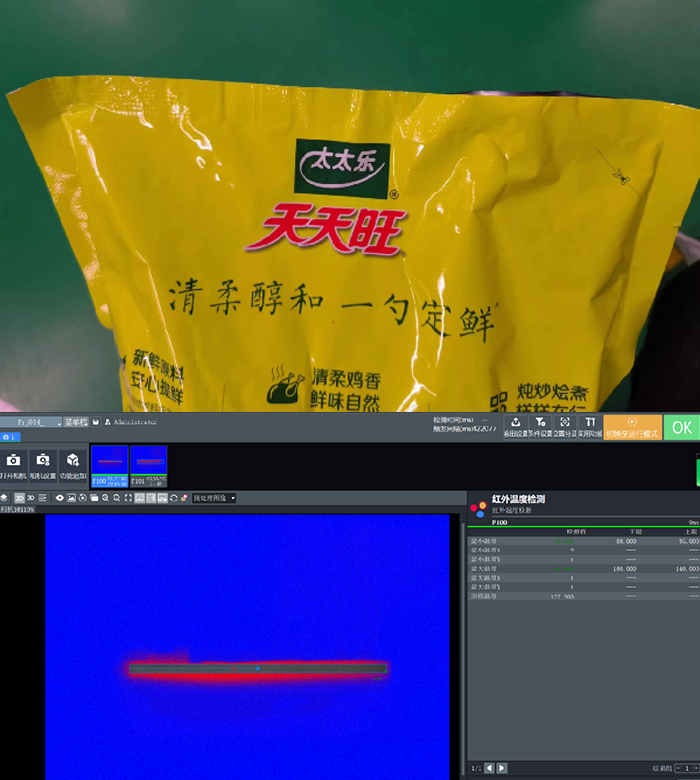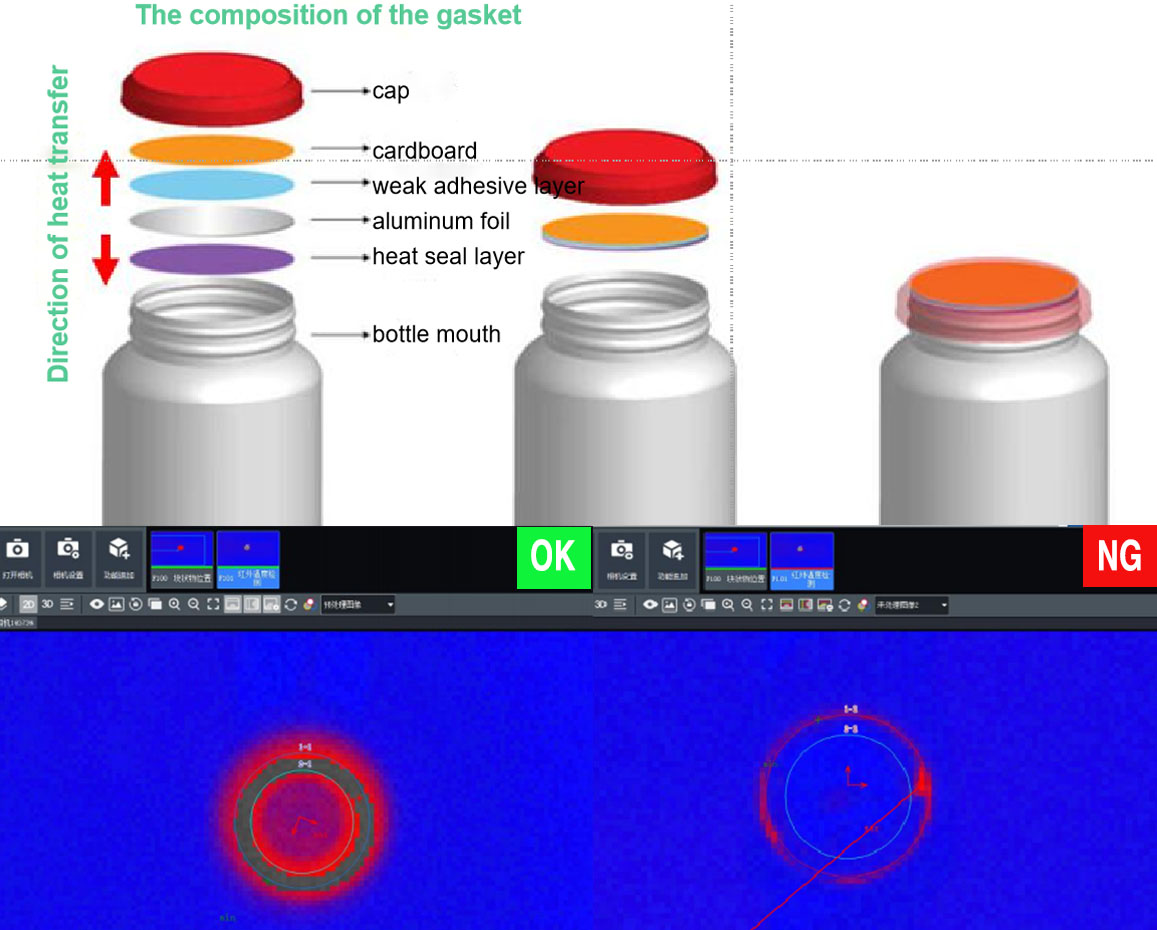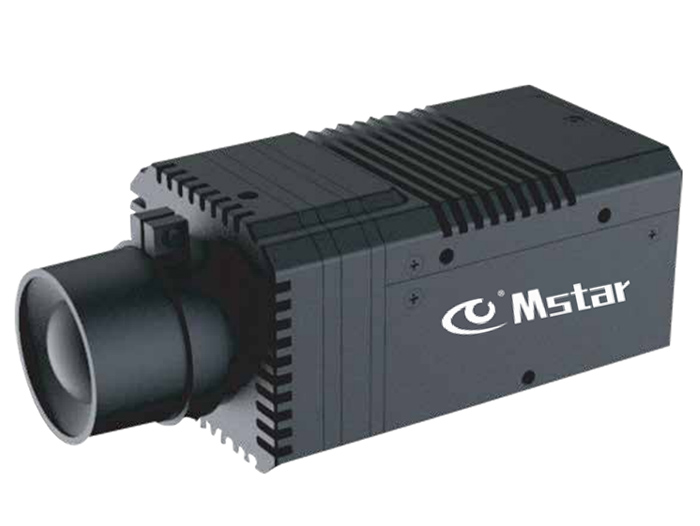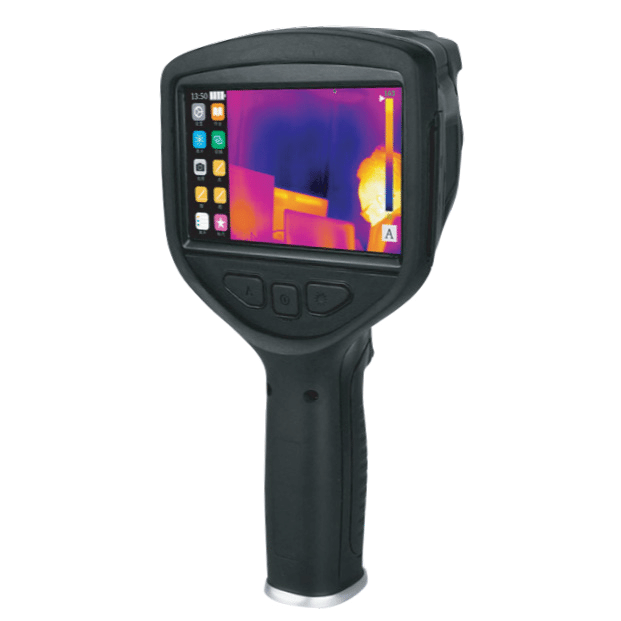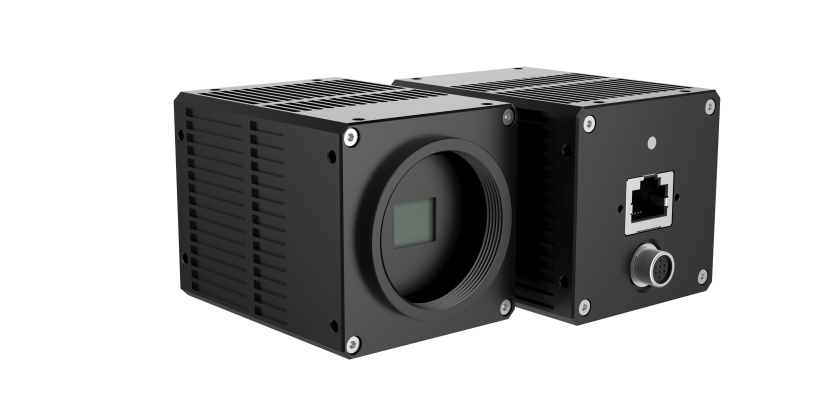Background
Temperature control is a critical factor in ensuring product quality during the blow molding process. Traditional temperature detection methods often rely on contact temperature probes, which, while providing some data, fail to offer comprehensive and real-time temperature monitoring of the entire bottle. This limitation can lead to issues like uneven temperature distribution, insufficient or excessive heating, and other problems that can negatively affect the physical properties of the bottles, resulting in an increased rejection rate. By introducing infrared thermal imaging technology, real-time, non-contact temperature monitoring can be achieved, allowing for precise control of each bottle's heating process, ultimately improving production quality and efficiency.
Solution
High-precision infrared thermal cameras are installed at key locations of the blow molding machine (e.g., heating zone, preform forming zone). The infrared cameras continuously collect temperature data from each preform in real-time. Temperature anomalies can trigger early warnings for defective areas of the bottles. This solution ensures stable product quality in actual production, reduces the proportion of defective products, and increases customer satisfaction. It is particularly suitable for industries with high product quality requirements, such as food and pharmaceutical packaging.
Benefits
- Accurate Temperature Monitoring: Infrared thermal cameras can precisely monitor the temperature of each section of the preforms along the production line. This data helps adjust the power of each heating zone, refining the heating process.
- Resource Saving: Temperature adjustments can be made based on the final bottle shape, reducing material waste.
- Lower Reject Rate: By minimizing the reject rate, this solution helps prevent quality issues such as liquid leakage during the filling process, which is difficult to detect with traditional methods before filling, especially for bottles with localized damage.



